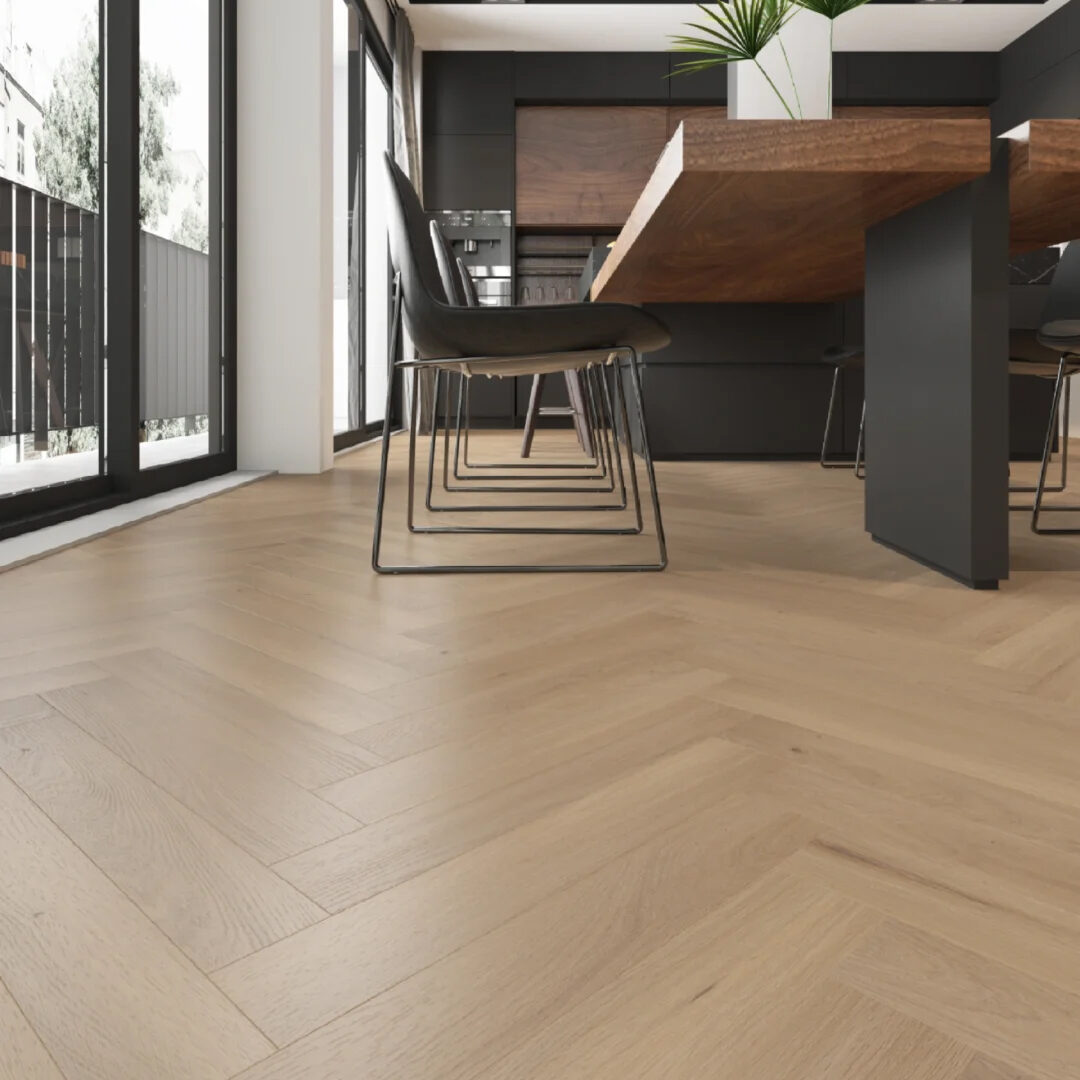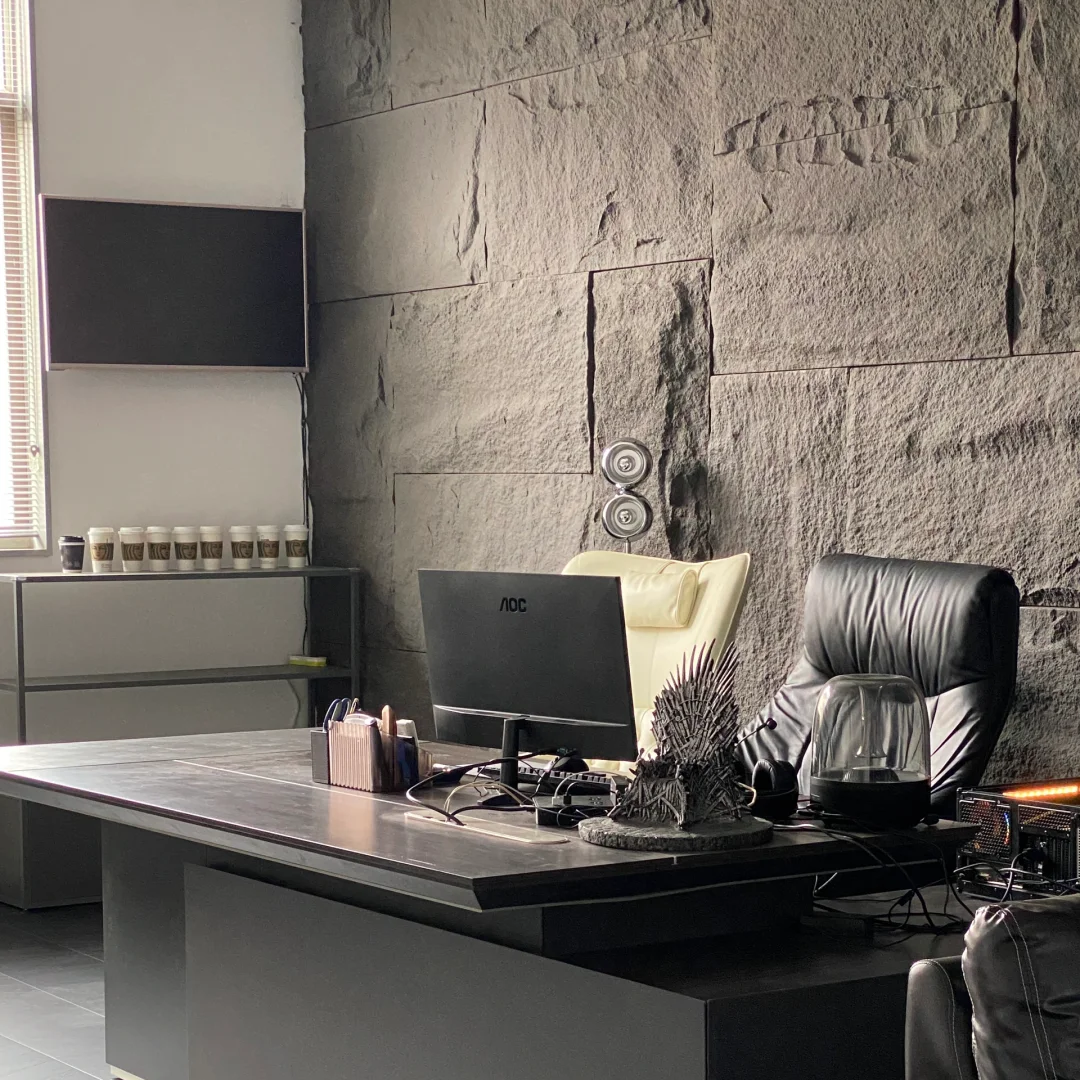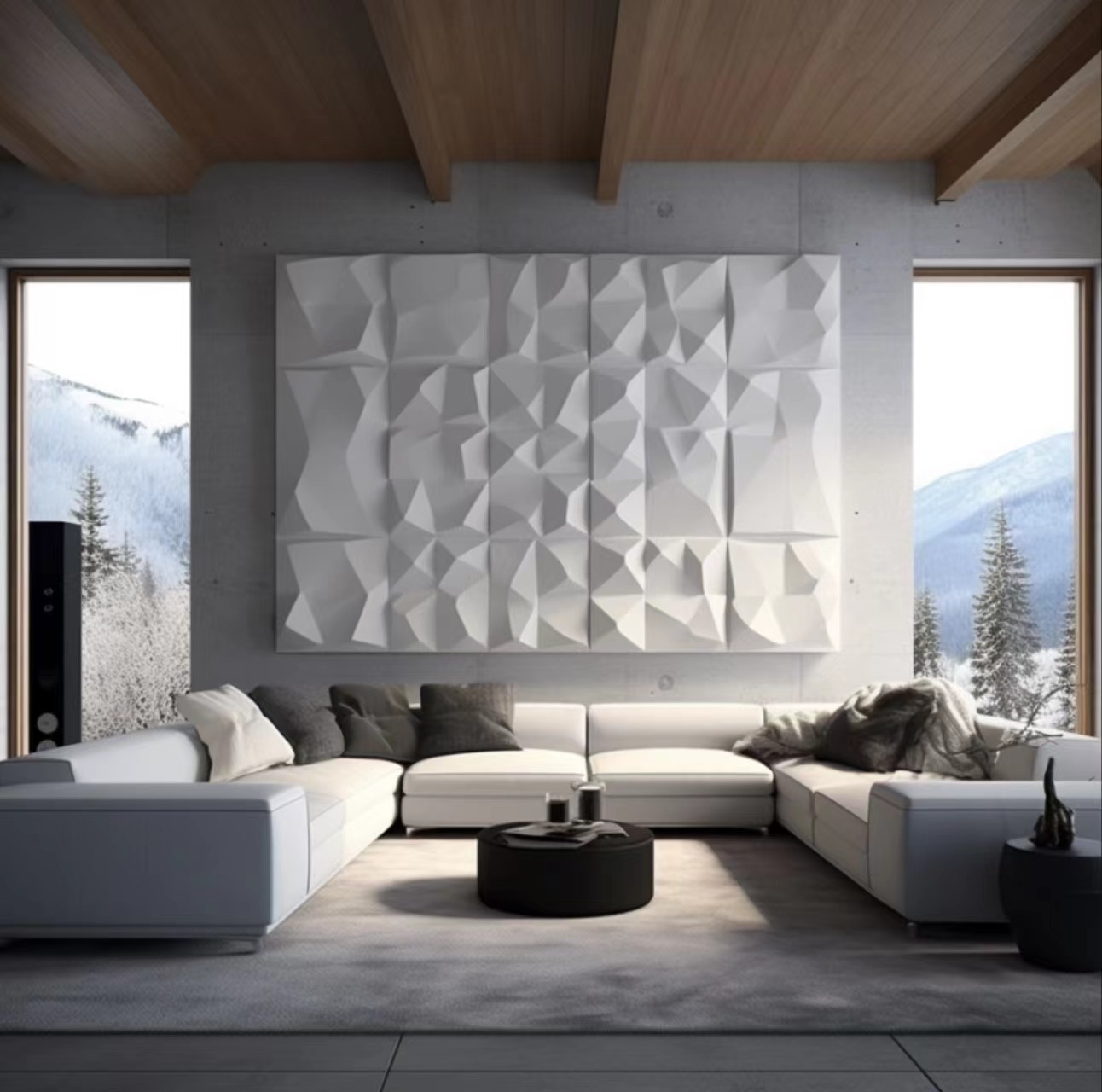In high-traffic commercial environments, flooring is more than just a surface—it’s an investment. Whether it’s a luxury hotel lobby, a bustling retail store, or an outdoor café, designers and contractors are increasingly turning to WPC flooring for its exceptional blend of durability,
style, and long-term value.
Why Commercial Spaces Demand More from Flooring
Commercial spaces place extreme demands on flooring materials. Constant foot traffic, exposure to moisture, aggressive cleaning routines, and frequent furniture movement can rapidly degrade traditional surfaces. Hardwood, though visually appealing, is prone to scratching, water damage, and high maintenance costs.
In contrast, WPC flooring is purpose-built to thrive in these challenging environments, offering a robust, low-maintenance solution that preserves both aesthetics and functionality over many years.
Outstanding Durability in High-Traffic and Outdoor Applications
The real strength of WPC flooring lies in its engineered structure, combining a dense, stable core with a highly resistant wear layer and waterproof backing. This makes it ideal for a wide range of commercial applications, particularly in areas exposed to intense use and outdoor conditions.
At outdoor poolsides, WPC flooring resists water penetration and provides a safe, anti-slip surface, maintaining its integrity even after prolonged exposure to moisture. In garden cafés and patio spaces, its UV-resistant surface prevents fading, preserving vibrant looks under the sun. For balconies and terraces, WPC flooring offers reliable performance against temperature fluctuations and humidity, far outperforming traditional wood and stone surfaces.
This proven durability ensures that commercial spaces not only look professional but remain structurally sound over time, significantly reducing the risk of costly repairs or replacements.
The Hidden Advantage: Lower Lifecycle Costs
While WPC flooring may have a comparable or slightly higher initial investment than entry-level materials, it delivers a clear financial advantage over the long term. Its resistance to water, stains, and scratches means fewer maintenance interventions, minimal repair costs, and no need for expensive treatments like sealing or polishing.
Compared to hardwood—which requires regular refinishing—and ceramic tiles that often need grout maintenance or replacement, WPC flooring offers a smoother, less disruptive maintenance cycle. Businesses benefit from reduced downtime, lower upkeep expenses, and a longer flooring lifespan, making WPC a smart, cost-effective choice for future-focused commercial projects.
Designers and Engineers Trust WPC for Performance and Aesthetics
The growing preference for WPC among architects, engineers, and designers isn’t driven by trends—it’s based on reliable performance data. Professionals value WPC flooring for its ability to deliver consistent results: rapid return on investment through reduced maintenance, wide aesthetic versatility with realistic wood or stone finishes, and environmentally conscious manufacturing that supports sustainable building goals.
Moreover, many WPC products contribute to green building certifications such as LEED, further enhancing the appeal for eco-conscious projects. In high-profile spaces like hotels, coworking hubs, retail chains, and healthcare facilities, WPC is increasingly recognized as a flooring solution that balances function, beauty, and responsibility.
For developers, designers, and facility managers seeking a material that aligns lasting performance with cost control, WPC flooring proves to be a future-ready investment—smart, resilient, and visually refined.



